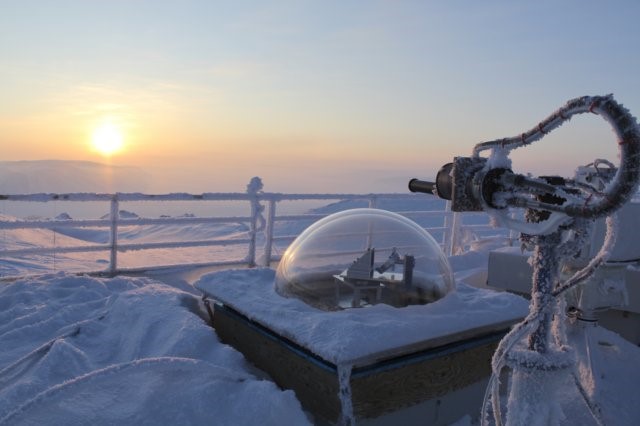Data
PEARL Pandora L2 data available here
For more information about the Pandora please contact Dr. Xiaoyi Zhao
The Pandora 1-S type sun spectrometer is a guest instrument that was installed at the PEARL Ridge Lab in 2019, in collaboration with Environment and Climate Change Canada (ECCC). The Pandora instrument was developed by the National Aeronautics and Space Administration (NASA) as a compact, deployable spectrometer to monitor atmospheric trace gases [Herman et al., 2009]. The worldwide network of instruments has grown through collaborations between partners including NASA, the European Space Agency (ESA), the U.S. Environmental Protection and ECCC resulting in the current Pandonia Global Network (PGN) with more than 100 sites globally [Szykman et al., 2019]. The Pandora 1-S type instrument records direct-sun and scattered sunlight spectra in the UV and visible spectral ranges (between 280 and 530 nm and with a spectral resolution of 0.6 nm) to produce ozone, NO2 and SO2 vertical columns using the total optical absorption spectroscopy (TOAS) technique [Herman et al., 2015; Fioletov et al., 2016]. Other research data products such as HCHO, aerosol optical depth (AOD), and BrO are in the development stage.

PEARL is one of eight sites where ECCC operates Pandora instruments. The results from the Pandora instruments have been used in many studies including validating and interpreting measurements from satellite instruments, air quality monitoring, remote sensing technique research, and investigating polar stratospheric ozone depletion [e.g., Zhao et al., 2016, 2020; Spinei et al., 2020; Bognar et al., 2021].